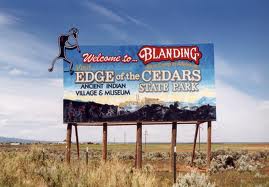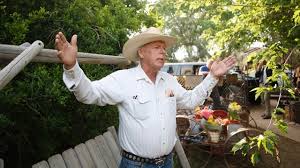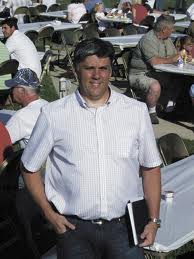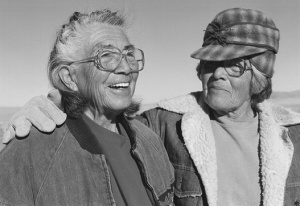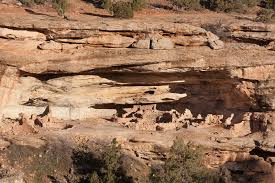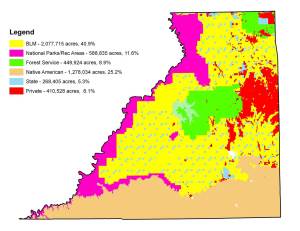In order to better understand the land issues in the film, we need to see the current events concerning the land today. Because it was originally in the hands of the Navajo, other outside entities have contested claims to these lands, rightfully or wrongly, but they often neglect the voice of the indigenous peoples who live there despite outsiders’ own claims.
Here is a document that shares some local points of view about the proposed San Juan County wilderness areas and various perspectives on it. There is a media sharing happening now with all the documents floating around the internet concerning the Eastern Lands Bill and the stakeholders associated with it. What is interesting about it is the pointed and biased views of the Navajo people from locals, an obvious prejudicial tendency to stereotype Navajos as trying to take “their” lands away from them. For more information on the overt dislike for Navajos voicing their opinion, click “The Petroglyph”, a local news media outlet for residents of San Juan County: http://thepetroglyph.com/dine-bikeyah-sells-their-traditional-life-style-for-say-in-bishops-land-bill/ Obviously, there are a number of things wrong with their arguments, not the least of which is the Manifest Destiny claim against Navajos. Evidently, the author doesn’t know the meaning and origin of the word.
Most notably, the commission meetings are held in the town areas away from the borders of the Navajo Nation, some of those lands which are in San Juan County, leaving the voice of the local Utah Navajos out. Many of those local Navajos there do not have transportation are elders, don’t speak English, or are able to be fully informed of the current events intended for these meetings.
Commission Meeting:
October 22nd Monticello Utah– 7:00 PM at the Monticello High School
October 23rd Blanding Utah – 7:00 PM at the Blanding High School
October 24th Bluff Utah – 7:00 PM at the Bluff Community Center
For more information about the scheduled meetings for the discussion about the land issues that leave out consideration for Navajo input: http://thepetroglyph.com/san-juan-county-lands-bill-open-houses/
As you can see, there is not as much consideration for the Navajo population in San Juan County to meet them where they live at and build more meaningful and positive relationships with Non-Navajos as one would hope. The least SJ residents, leaders, politicians, and community representatives could do is hold a meeting in Mexican Hat, Monument Valley, or Montezuma Creek. These are closer towns to the Navajo Nation and their chapters. Incidents of not extending the services of San Juan County to Navajos and not just Non-Navajos have been rising in recent years. Some would call that discrimination. If want to see the full schedule of proposed meetings, access here:
http://www.scribd.com/doc/179509421/San-Juan-County-Lands-BIll-Survey
Please take the time to look some of these comments over and see that there are many sides to the issue but just because residents feel strongly about their local residency doesn’t mean Navajos feel any less strongly. Arguably, they feel more connected and responsible for the lands here because we were already here before the settler-colonial expansion into the West, not more than a couple hundred years ago by them, lest they forget.
This is the land area that everyone is talking about either making a wilderness conservation area, a free-for-all for business and tourism, or a balance between both.
For more information about the current events for the land dispute occurring in San Juan County, access the documents at this link: http://www.scribd.com/doc/183792272/San-Juan-Alliance-Proposal-for-Bishops-lands-bill
While I don’t agree nor condone most of the views from this electronic press outlet, I do think alternative views are in order to see what other perspectives are out there: http://thepetroglyph.com
I believe if one reads their articles, people can ascertain for themselves whether or not they want to invest their time and energy into a publication that is slanted against Navajos and conservationists while endorsing Republicans and Mormons. Regardless, it is helpful for residents, Navajo and Non-Navajo, to educate themselves about what is going on in their backyard.


